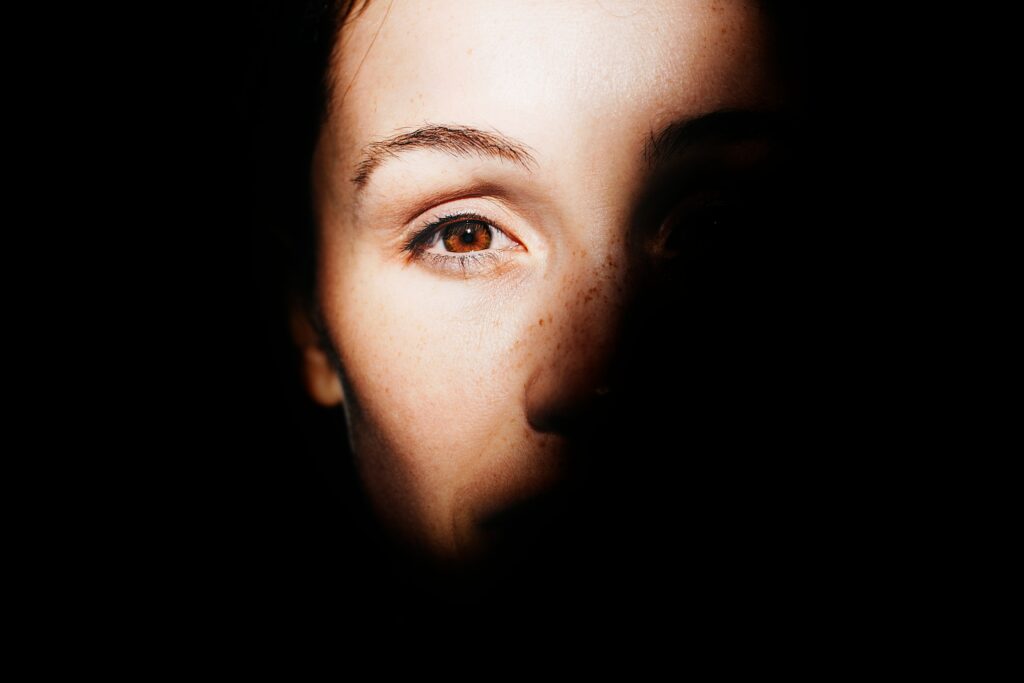“Hooded eyes” is a term used to describe a particular eye shape, in which the upper eyelid appears to droop or fold over the eye, creating a “hooded” appearance. This eye shape can occur in people of all ethnicities, and is not limited to any particular group.

That being said, the appearance of hooded eyes can be more common in certain ethnicities or populations. For example, some studies have suggested that individuals of East Asian descent may be more likely to have hooded eyes than individuals of European or African descent.
However, it’s worth noting that eye shape can vary widely within any given ethnic group, and that there is no one “typical” eye shape for any particular ethnicity. Additionally, the appearance of hooded eyes can be influenced by a variety of factors, including age, genetics, and lifestyle.
It’s also worth noting that the term “hooded eyes” is not a medical diagnosis, but rather a descriptive term used to describe a particular eye shape. While some people may feel self-conscious or unhappy with the appearance of hooded eyes, there is no inherent health risk or danger associated with this eye shape.
In terms of cosmetic treatments, there are a variety of options available for individuals who are interested in changing the appearance of hooded eyes. These can include surgical procedures such as blepharoplasty (eyelid surgery), as well as non-surgical treatments like Botox injections or dermal fillers.
However, it’s important to note that these treatments come with their own risks and potential complications, and should only be considered after careful consultation with a qualified medical professional.
In summary, hooded eyes can occur in individuals of all ethnicities, and there is no one “typical” eye shape for any particular ethnic group. While some people may be more likely to have hooded eyes based on their ancestry, eye shape can be influenced by a variety of factors and can vary widely within any given group. If you’re interested in changing the appearance of hooded eyes, it’s important to seek advice from a qualified medical professional and carefully consider the risks and benefits of any cosmetic treatments.